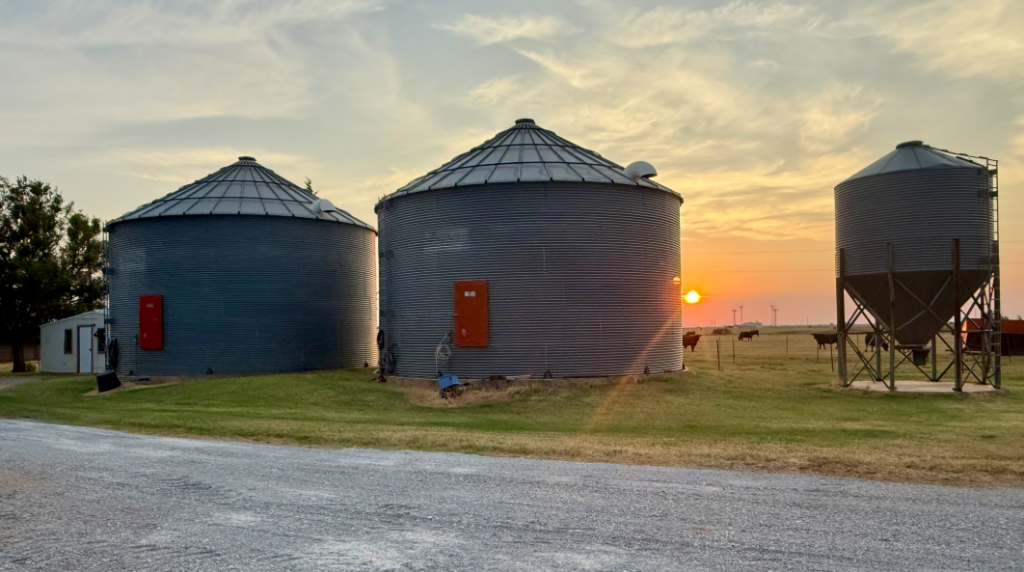
While recent data from the Bureau of Labor Statistics indicates that inflation is slowing, American farmers and ranchers are still navigating a difficult economic landscape. The agricultural sector has been under pressure for several years, with many producers experiencing a sustained “economic squeeze,” according to Bernt Nelson, an economist with the American Farm Bureau Federation.
The Widening Gap: Prices Paid vs. Prices Received
A primary driver of this financial strain is the growing disparity between the cost of inputs for farmers and the price they receive for their products. Nelson points out that according to the USDA’s recent price indexes, “the index for prices paid for supplies, repairs, inputs, things like that, has been higher than the index for prices received for our crops grown over the last five years.” This gap, which represents a farmer’s profit margin, has become particularly wide since 2023, exacerbating financial challenges for producers.
The cost of essential items—from seeds and fertilizer to equipment repairs—has consistently outpaced the revenue generated from selling crops. This imbalance has led to increasing losses for many farms.
Rising Interest Rates and Increasing Debt
The economic pressure doesn’t stop there. Farmers are also contending with a combination of lower commodity prices and rising interest rates. Nelson explains that for many, this has resulted in losses for three consecutive years, which has led to an increase in credit use across the industry. As farmers take on more debt to cover their losses, the rising cost of borrowing has added another layer of financial burden.
“This results in a rising amount of money being spent on interest that services debt, and it adds to the bleeding that’s already being felt from crop losses on our farmers’ balance sheets,” Nelson states.
The Federal Reserve’s Balancing Act
Looking ahead, the Federal Reserve’s Board of Governors faces a difficult decision at its September meeting: whether to lower interest rates or leave them elevated. Both options have significant implications for the agricultural community.
Option 1: Keeping Rates High. If the Federal Reserve decides to maintain current interest rates, it would help prevent inflation from accelerating again. However, this would come at a cost to farmers. “This would continue to dig deeper into our farmers’ pockets,” Nelson warns, as the high cost of borrowing would persist.
Option 2: Lowering Rates. Alternatively, if the Federal Reserve chooses to decrease interest rates, it would make credit more affordable for farmers, which could help “slow that interest-to-income ratio,” Nelson says. The downside, however, is the risk that “inflation flares up again.”
The delicate balance between controlling inflation and supporting economic growth puts the Federal Reserve in a challenging position, with the outcome of its decision directly impacting the financial well-being of American farmers and ranchers.
For more information, producers can visit the market page on fb.org.


















